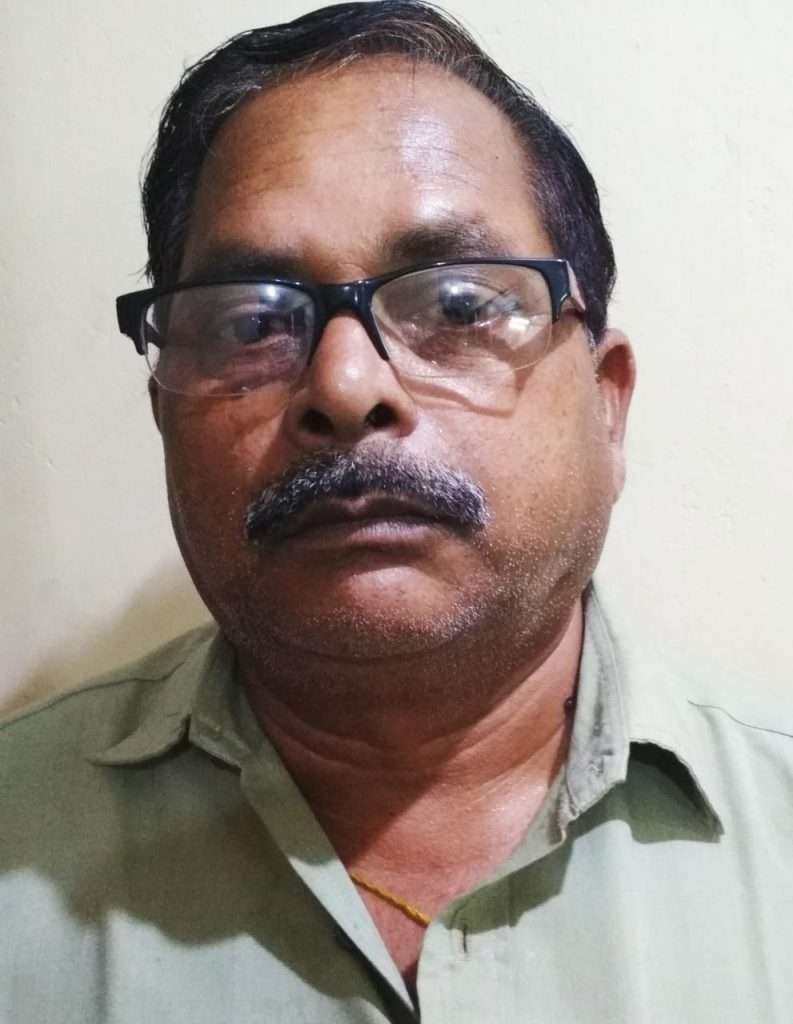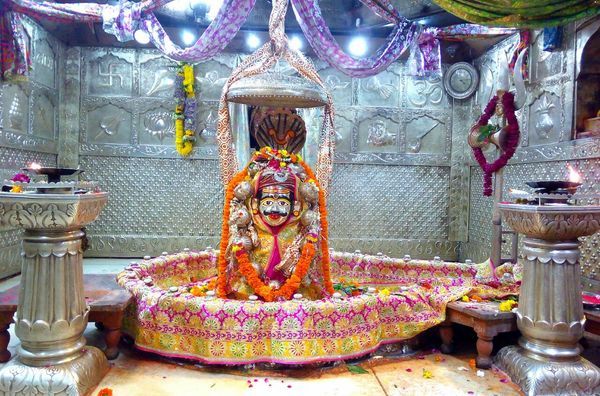Mahakal temple of Ujjain in Madhya Pradesh is an ancient temple dedicated to Lord Shiva. It is one of the twelve Jyotirlingas of India. The temple is situated on the bank of the river Shipra. According to Shiva purana, Lord Brahma and Lord Vishnu tested Shiva to know who is superior among the trinities. Shiva appeared as pillar of light. Lord Brahma and Vishnu went in either direction to reach the end. But none could. This is the genesis of Jyotirlingas. The location of 12 jyotirlingas are:
- Somnath – Gujrat
- Mallikarjuna – Srisailam, Andhra Pradesh
- Mahakal – Ujjain, Madhya Pradesh
- Omkareshwar – Madhya Pradesh
- Kedarnath – Uttarakhand
- Bhimashankaram – Maharashtra
- Vishwanath – Varanasi, Uttar Pradesh
- Triambakeshwar – Maharashtra
- Vaidyanath – Parali in Maharashtra
- Nageswar – Dwarka, on the bank of river Gautami
- Rameshwaram – Tamilnadu
- Ghushmesham – Aurangabad, Maharashtra
The city of Ujjain is famous for two things – one for the birth place of the Sanskrit poet Kalidas and another for the temple of Mahakal. The emotion of time pervades the whole atmosphere of Ujjain. The Shikhara of the temple goes through the time of India, which is known as the standard time of India. That means temple of Mahakal has been constructed scientifically.
The city of Ujjain is an ancient city in the kingdom of Avanti of the famous wise king – Vikramaditya. Prof. A. A. Macdonell has written in his book – A short history of Sanskrit literature that the Sanskrit Mahabharata was first recited in the precincts of Mahakal temple. The poet Kalidas has written in his lyrical poem – Meghadootam – that:
Yasksha saying to the cloud –
Even if your path would be not straight, you go to Ujjain and have a darshan of Lord Mahakal – the form of supreme time of Lord Shiva. And satisfy your thirst by drinking water from the river Shipra.

The temple complex was destroyed by Sultan Iltutmish during his attack on Ujjain in 1234-35. The jyotirlinga was dismantled and thrown into a nearby pond (Kotiteerthakund).
The present structure was built by the Maratha general Ranoji Shinde in 1734. Further improvements and managements were done by the same dynasty of the Marathas. The Marathas did a yeoman service for the cause of Mahakal temple and the city of Ujjain. A personality like Peshwa Baji Rao – I assigned the administration of Ujjain to the general Ranoji Shinde.
After independence, the Dev sthan trust was replaced by the municipal corporation of Ujjain. Now-a-days, it is under the collectorate office of Ujjain district.
Among the rituals of Mahakal, the Bhasma aarati is the most famous. As Lord Shiva transcends both time (kala) and death, He is worshipped with bhasma after the corpses are burnt on the pyre. Time is the essential element of creation. When pralaya comes, time goes out. In the Vishnu purana, it is mentioned that at the time of creation, what is added, and at the time of destruction (Pralaya) what is subtracted; that is called time.
Time reigns over the creation. We cannot see time. We can feel it. And the lord of time is Lord Shiva – Mahakal (The supreme time). Lord Shiva is ajara and amara. He is above time. So, he is unaffected by the destruction and creation. So Mahakal is unique deity, unlike any other shrine in India. The Bhagabata purana says –
Kaalarabasa e jagata
Praniyekaalaraaa yatta.
(The creatures of this world are subject to time and they are controlled by time). So, in order to escape from the ravages of time, we must wordship time – the Mahakal, lest we will be swayed away by time. So in order to go ahead of time, we should worship a timeless deity, that is Mahakal of Ujjain. At last we should end the essay by chanting a few significant words in praise of time –
Om Kalaya Tasmai Namah
Om KalayaTasmaiNamah Om Kalaya Tasmai Namah
(The views expressed are the writer’s own.)

Radhakanta Seth is an Income tax officer in Sambalpur. He is a freelance writer and his articles have been published in some Oriya dailies like Sambad, Samaj, Dharitri, and English dailies like The Telegraph and in a sociological journal ‘Folklore’ published from Kolkata.
He can be reached at [email protected]

